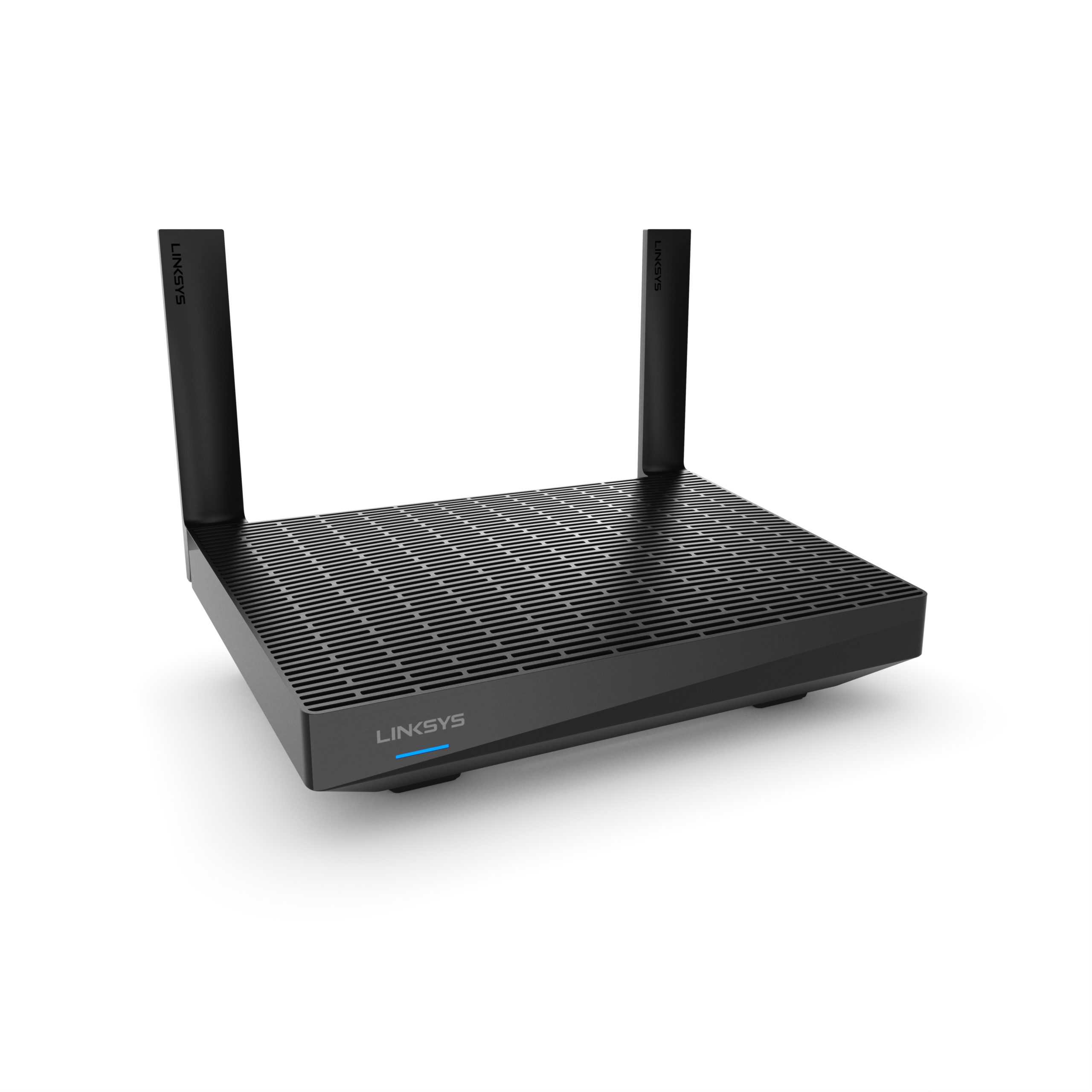Ekahau Enhances Staff Safety of Hospital Psychiatric Wards
My comments on this issue
The Ekahau press release that is linked to from this article details the use of a WiFi-based staff badge that can be used to locate particular staff members in the hospital’s psychiatric ward and deliver messages to them. But the feature that drew me to this device was the remote panic-alarm functionality that sends its signal via the hospital’s WiFi network.
Any panic-alarm or medical-alert system that is deployed in the home typically requires a transmitter and receiver working on a dedicated frequency, in a similar manner to garage-door openers. If they are monitored by an external agency, the devices then transmit their alert signal to the monitoring station via a dedicated telephone or cellular circuit.
Now there is a different reality being brought about with cost-effective Internet service provided to WiFi-based wireless home networks in many households. This has included the concept of providing telephone and multi-channel television service through the same pipe, all thanks to the magic of IP-based packet networks. The classic circuit-based signalling methods used by these alarm devices are becoming less relevant in the packet-based signalling. Similarly, most users will want to benefit from the infrastructure that is laid down in a home network, such as the establishment of a multi-access-point WiFi network with a HomePlug-based backbone to cover a difficult house.
The Ekahau setup could be scaled back to allow an alarm installer or broadband Internet provider to sell a similar system in to the home. Any moveable sensor like a medical-alert pendant could make use of the existing WiFi network for transferring its data to the monitoring facility. It could then lead to e-mail and / or text (SMS) messaging if the device is triggered. Similarly, the unit could be used to deal with “wandering” behaviour that can be part of dementia-related illnesses by alerting if the person goes out of range of the WiFi network. As well, such systems could support local monitoring through the use of a local server device, thus providing their output through a Web page, platform-specific “widget” or desktop application.
This setup may appeal to broadband providers who want to gain more “average revenue per unit” by reselling basic security services as part of their package. It could also be a way of achieving a legitimate upgrade path for currently-deployed building security systems, especially in the context of the “switched-on” Internet-enabled home.


